UK CPI accelerated to 2.1% yoy in May, up from 1.5% yoy, above expectation of 1.8% yoy. Core CPI jumped to 2.0% yoy, up from 1.3% yoy, above expectation of 1.3% yoy. RPI also jumped to 3.3% yoy, up from 2.9% yoy, above expectation of 2.4% yoy.
ONS Chief Economist Grant Fitzner said: “The rate of inflation rose again in May and is now above 2% for the first time since the summer of 2019. This month’s rise was led by fuel prices which fell this time last year, but have jumped this year thanks to rising crude prices. Clothing prices also added upward pressure as the amount of discounting fell in May.”
Also released, PPI input came in at 1.1% mom, 10.7% yoy versus expectation of 1.1% mom, 9.0% yoy. PPI output was at 0.5% mom, 4.6% yoy, versus expectation of 0.4% mom, 4.5% yoy. PPI output core was at 0.4% mom, 2.7% yoy, versus expectation of 0.2% mom, 2.9% yoy.




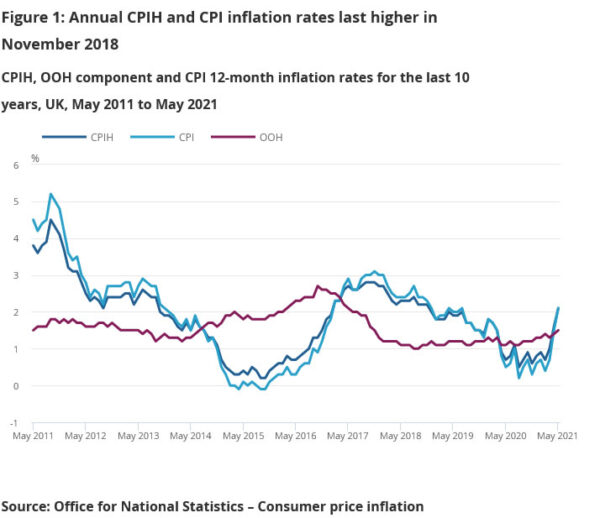
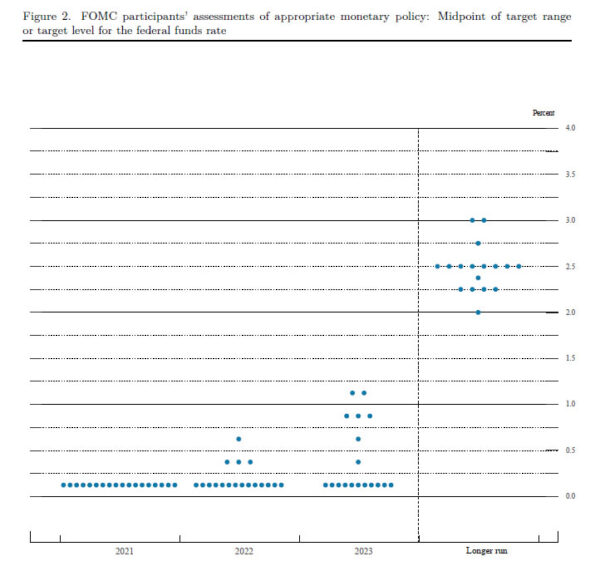
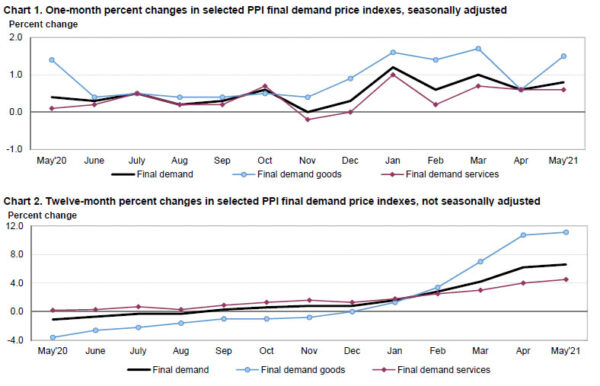
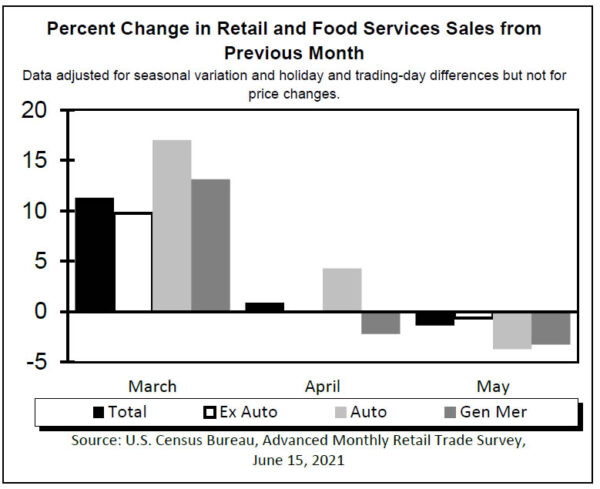

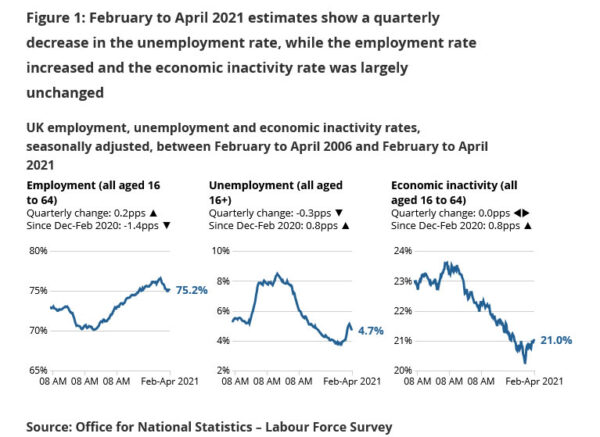
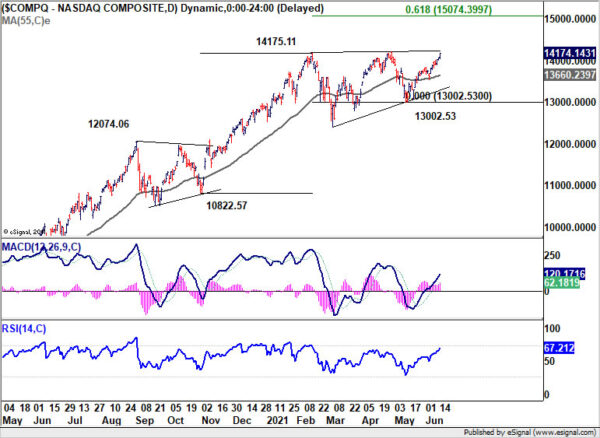
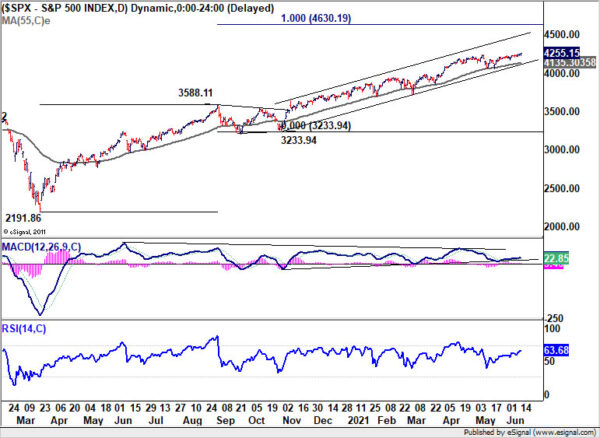
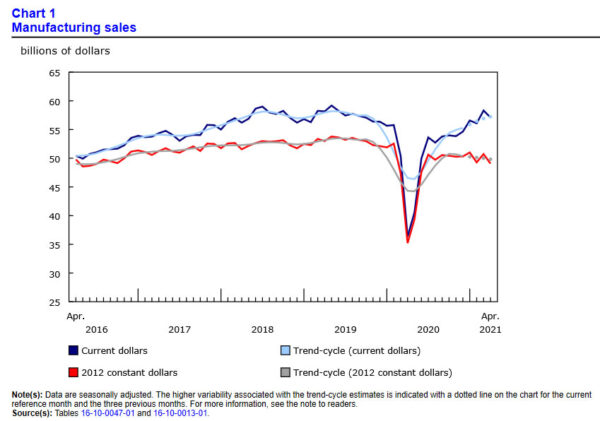
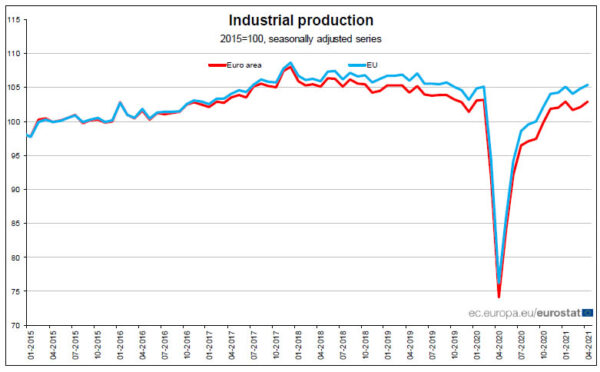
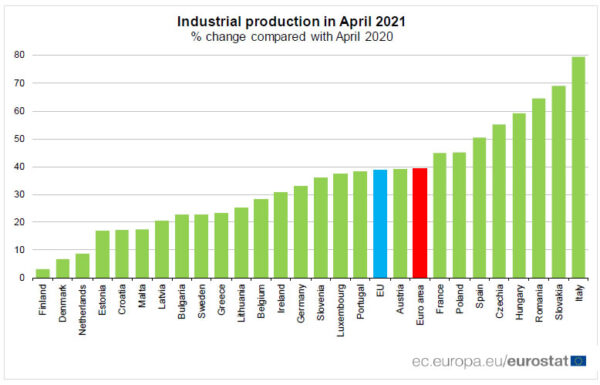
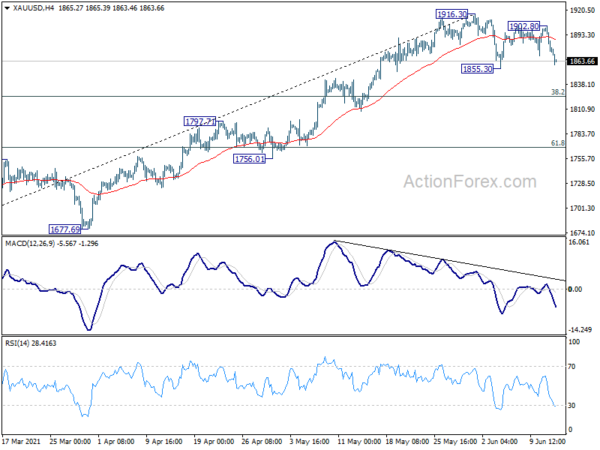
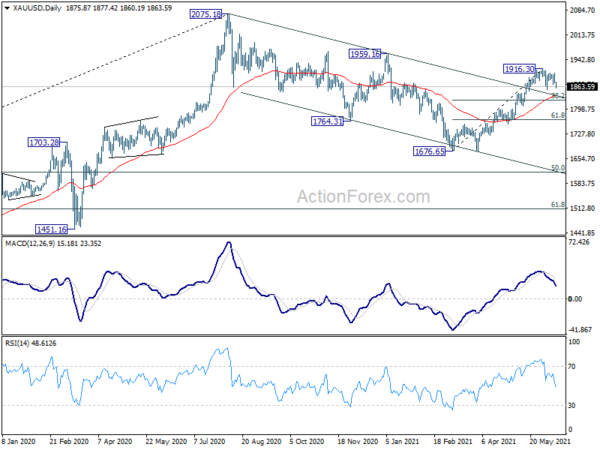
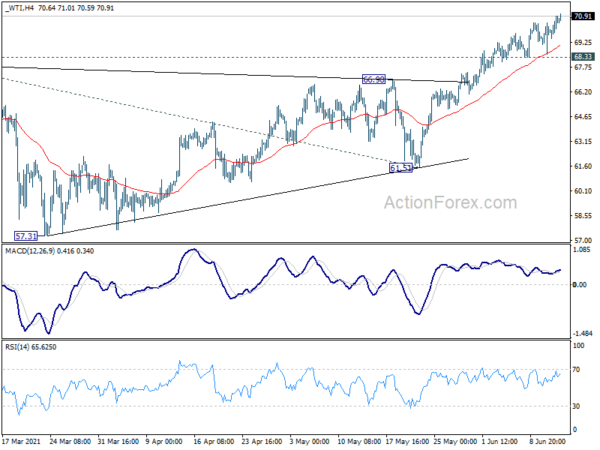
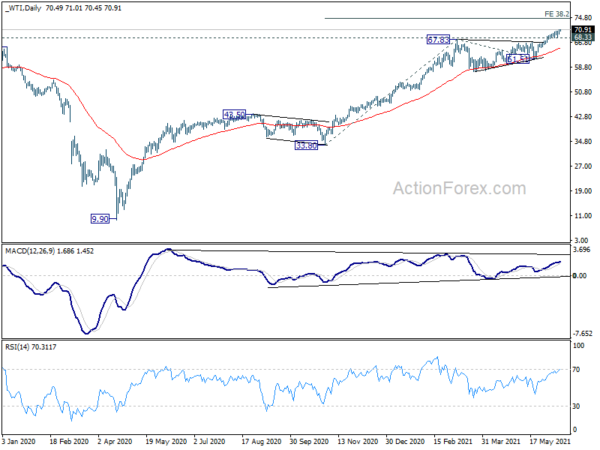
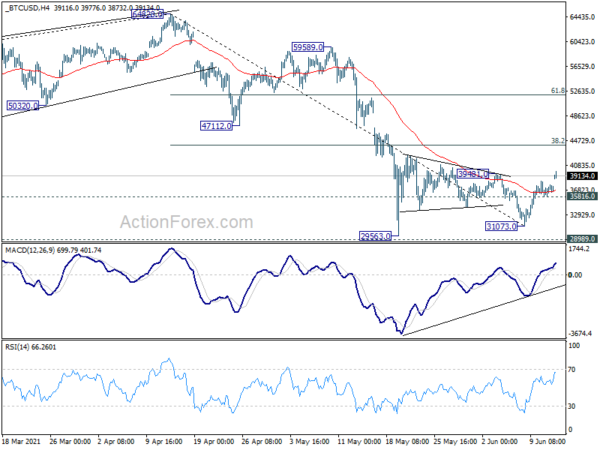
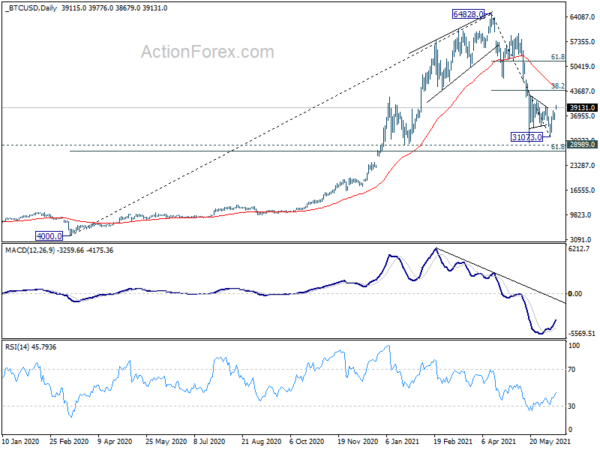
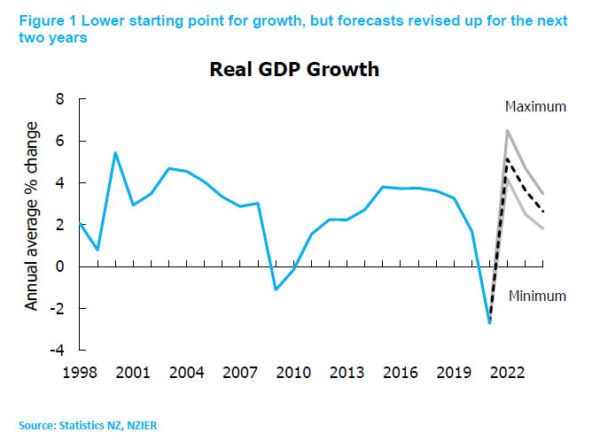

Ifo lowers Germany GDP forecast to 3.3% in 2021, upgrades to 4.3% in 2022
The Ifo institute lowers Germany growth forecast for 2021 to 3.3%, down from March forecast of 3.7%. 2022 GDP growth is now estimated to be 4.3%, upgraded from prior projection of 3.2%. Unemployment rate is expected to drop from 5.9% in 2020 o 5.8% in 2021, and then 5.2% in 2022. CPI is expected to accelerate from 0.5% in 2020 to 2.6% in 2021, but slowed to 1.9% in 2022.
“With falling infection rates and progress in vaccination against Covid-19, the existing economic restrictions should gradually be lifted,” it said. “There are no longer any obstacles to an economic recovery in trade and contact-intensive services by the end of 2021.” However, “in the short term, bottlenecks in the supply of intermediate products will have a dampening effect, so the manufacturing boom is likely to cool somewhat in its further course.”
Full release here.